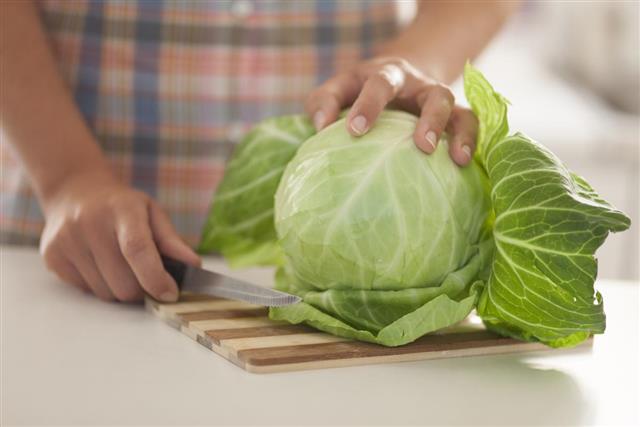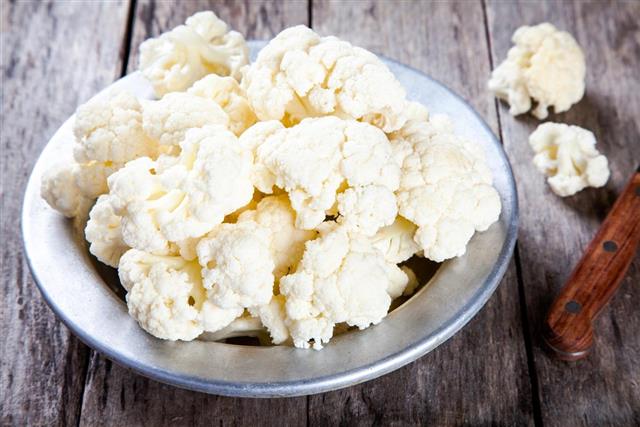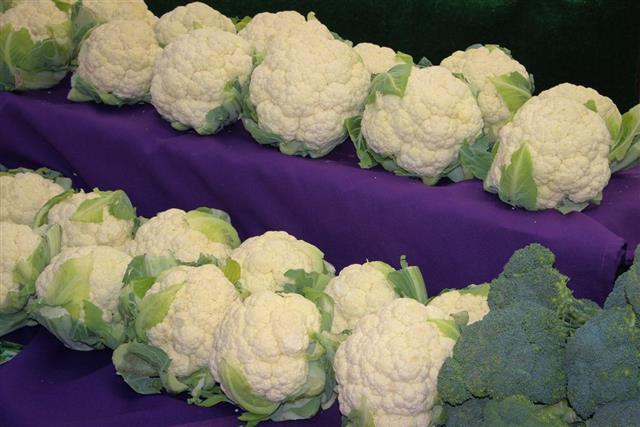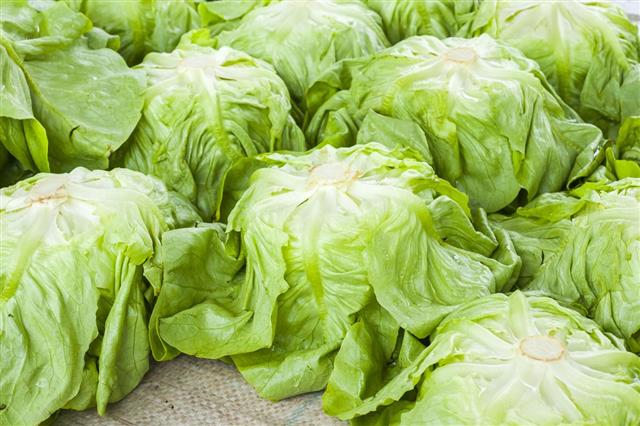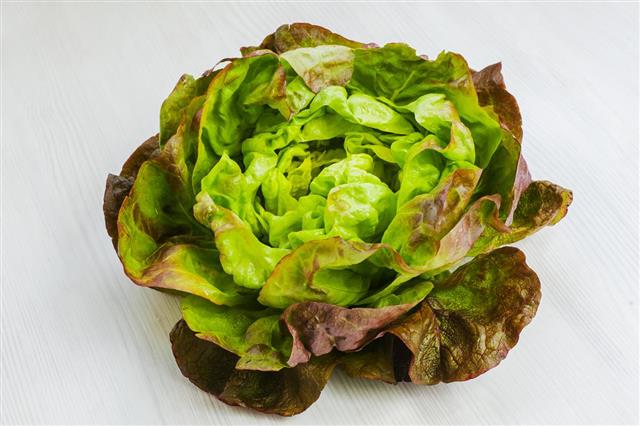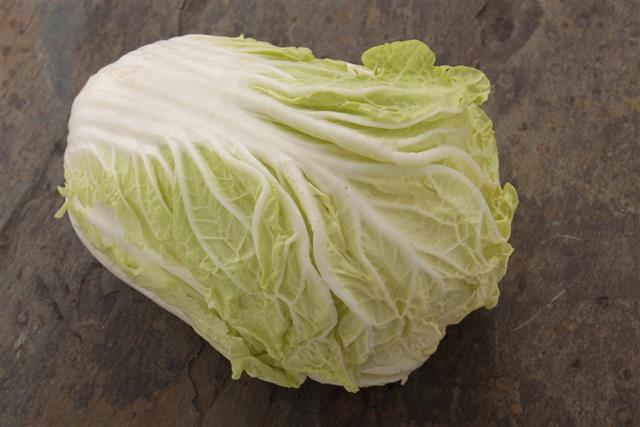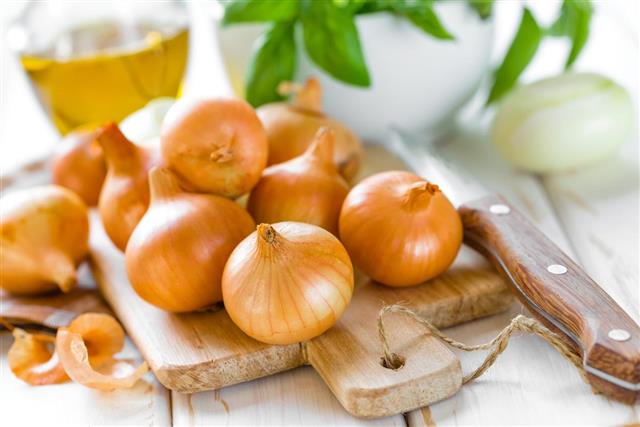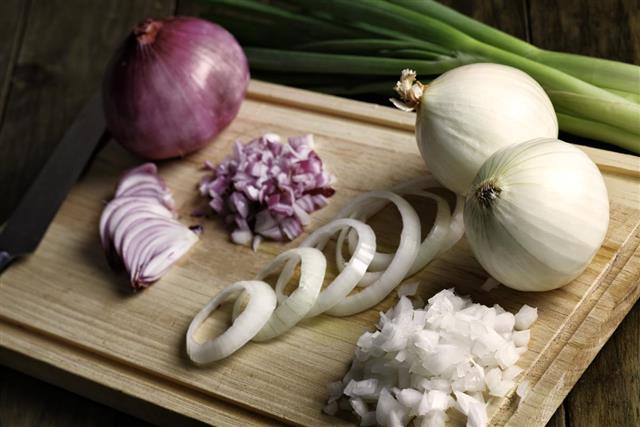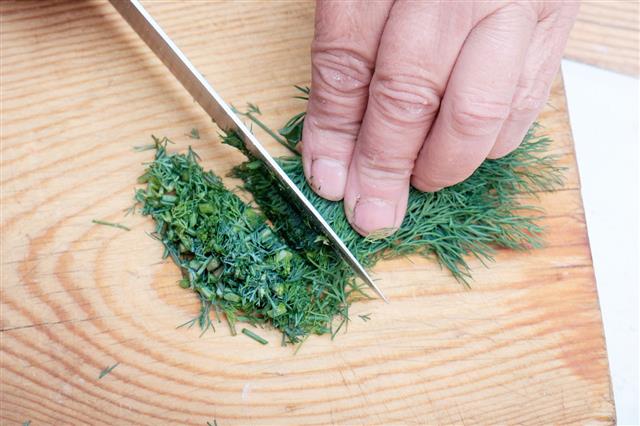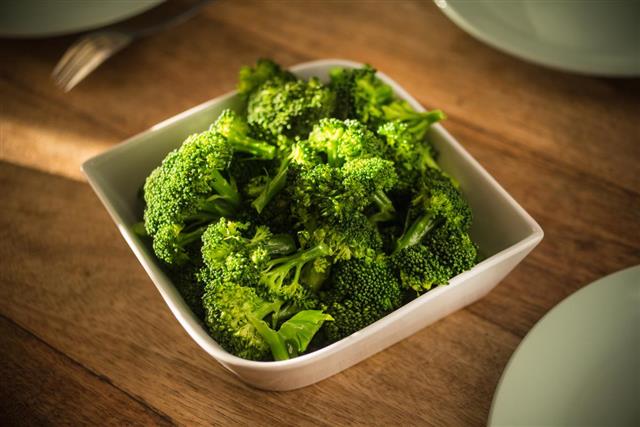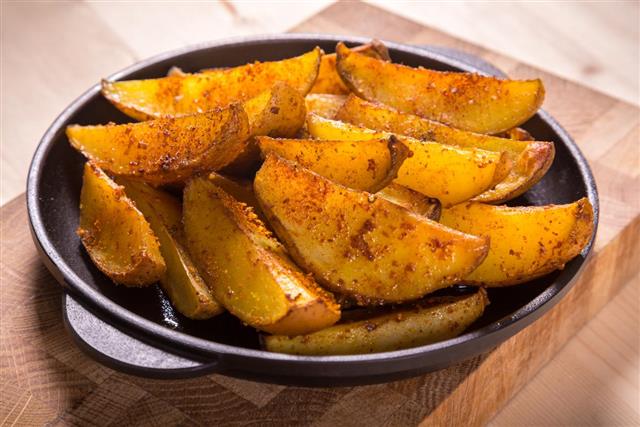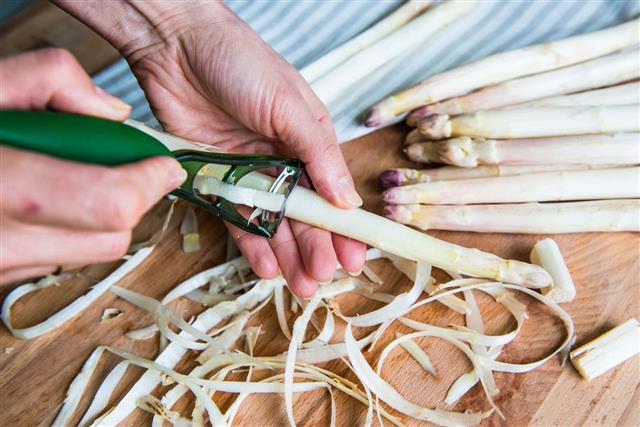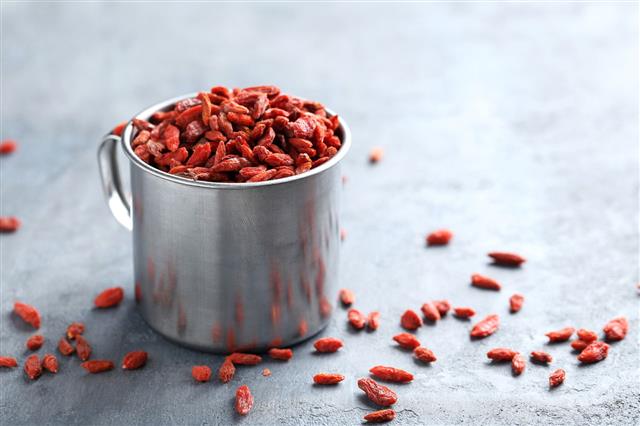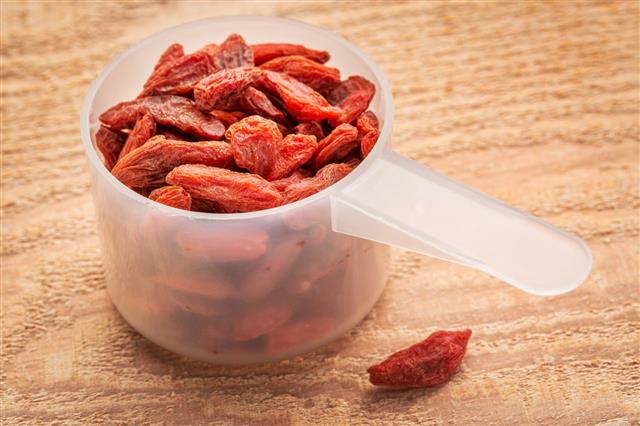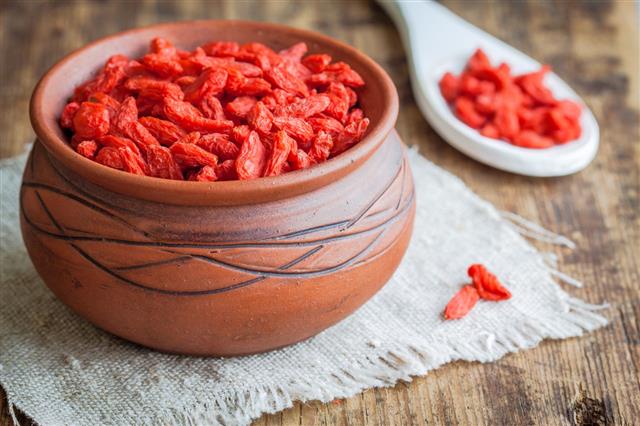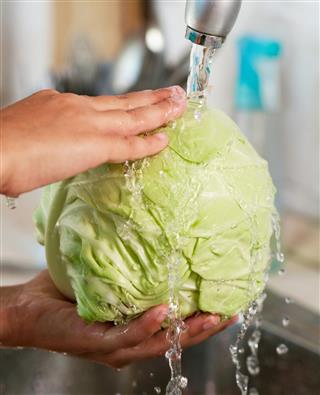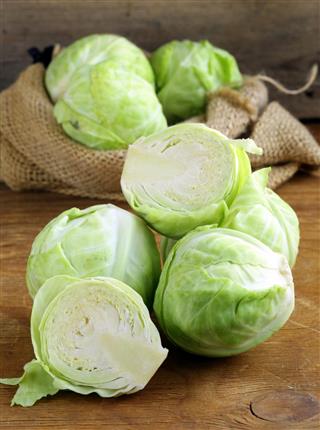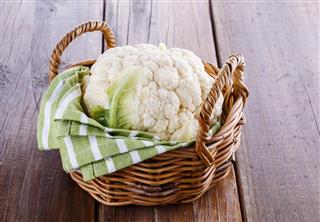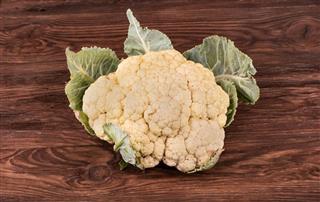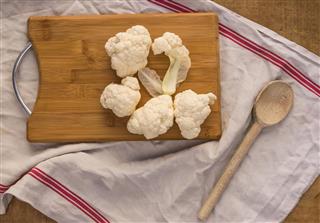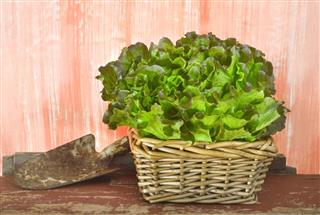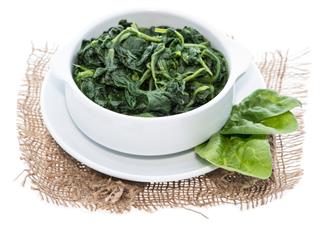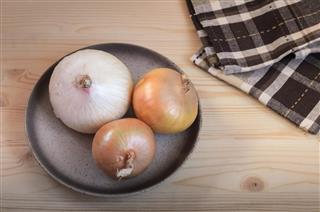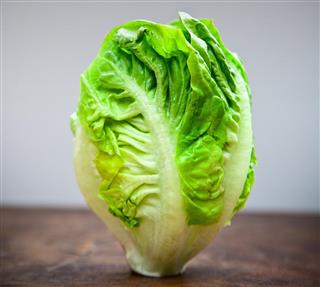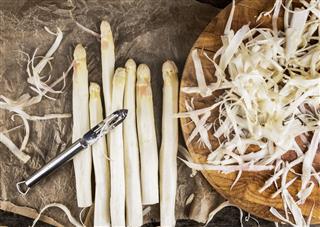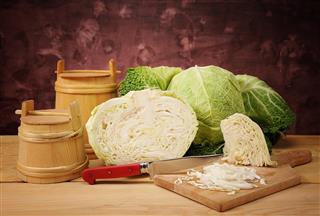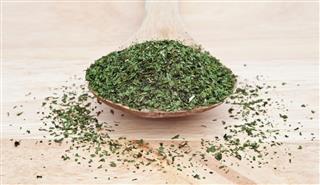
The Atkins Diet Plan is a proven method of losing weight. Here are a few samples that you can use as a guideline to get started.
It was in the 1970s that Dr. Atkins, an American heart specialist, came up with the Atkins Diet Plan. This diet involved a multi-phased program for losing weight, maintaining the weight loss, disease prevention and good health. Based on solid nutritional and medical fundamentals, this diet plan, which comprised high protein, high fat, and low carb meals, is said to be very effective. This is because, when high protein foods are eaten, it results in stabilizing the blood sugar levels. It also keeps one more satiated, and hence, less likely to binge on sweets or high carb foods. The diet basically recommends eating more protein and fat like meat, fish, eggs and cheese, while restricting the consumption of foods that are high carb, especially refined or processed carbs like pasta, bread, cereal, and starchy vegetables, as well as fruits that are very sweet. The diet restricts high carb foods because Dr. Atkins believed that the more you eat of them, the faster you get hungry.
Devising a diet menu plan involves more than simply checking out the food list in the Atkins Diet. Of course, the food list helps in being a source of information about what should or should not be eaten, however, it doesn’t help in creating a diet plan that is varied and interesting enough to help you to stick with it over the long haul. Given below are the diet plans for each of the four phases of the diet, as well as some additional plans which will give you a better idea about the diet.
The Four Phases
There are four phases in the Atkins Diet, with each phase being slightly different. As progression is made through each phase, there is an increase in the carbohydrate allowance, although they comprise mainly high fiber carbs, like leafy vegetables. The first two phases are the ones that are the most restrictive as far as carbs are concerned. This is when the body has to get into the fat-burning mode, which is why it is so restrictive initially. The four phases are as follows:
Induction Phase
The induction phase is the first phase of the diet, and is typically followed over a period of two weeks. This is considered to be the most restrictive phase of this diet. It allows the dieter no more than 20 net grams of carbs each day. The dieter is allowed foods like green salads, fruits and vegetables, fish, poultry, meat, butter, olive and vegetable oils. But it completely restricts the consumption of alcohol and caffeine. When combined with daily exercise, the induction phase shows highest weight loss. Here’s the diet plan for this phase:
Breakfast
- 4 bacon slices
- 8 ounces decaf coffee
- 2 scrambled eggs
Lunch
- A bacon burger (2 slices) filled with cheese
- 1 ounce American cheese
- Tossed salad without the dressing
- 6 ounces ground beef patty
- Seltzer water
Dinner
- 1 cup clear consommè
- 6 ounces T-bone steak
- 3 ounces of shrimp cocktail with 1 tbsp. mustard and 1 tbsp. mayonnaise
- A tossed salad with Russian dressing
- A cup of sugar-free Jell-O with 1 tbsp. whipped cream
Ongoing Phase
The ongoing weight loss phase (also known as the OWL phase) is when the dieter increases the intake of carbohydrates. Hereafter, the carb intake increases by 5 grams each week. The main objective of this phase is to find one’s Carbohydrate Level for Losing (CLL) i.e. to find how many carbs you can consume while continuing to lose weight. The OWL phase is followed until you are within 10 pounds of your desired weight. The dieter adds vegetables like asparagus, cauliflower and avocado during the first week. With the onset of the second week, the dieter starts following the carbohydrate ladder and adds dairy to his diet. The foods should be added in the following order:
- Vegetables like asparagus, salad, cauliflower
- Cheese
- Nuts and seeds
- Berries
- Alcohol
- Legumes
- Other fruits
- Starchy vegetables
- Whole grains
You can skip a particular food group if you do not wish to add it to your permanent diet, for example, alcohol.
Breakfast
- A Western omelet made using 2 eggs, 2 ounces cheddar cheese, 1 tbsp. bell papers, 1/10th cup ham bits, 1 tbsp. butter, 1 tbsp. onion and 3 ounces tomato juice
- ¼ slice crisp bread
- 8 ounces decaf coffee
Lunch
- Chef’s salad that has egg, cheese and ham (No dressing)
- 8 ounces of herbal iced tea
Dinner
- ⅔ cup boiled cabbage
- 6 ounces poached salmon
- 1 cup strawberries with 4 tbsp. cream
Pre-Maintenance Phase
In this phase, the daily intake of carbs is increased by 10 grams every week. The objective of this phase is to find the ‘Critical Carbohydrate Level for Maintenance’. This is, again, the maximum number of carbs you can eat each day without gaining weight. Later in this phase, you can add some of the restricted carbs back to your diet, limiting them to only once a week, thereby preparing your body for the last phase – Maintenance Phase. The phase can last until you find your Critical Carbohydrate Level.
Breakfast
- An omelet made with 2 eggs, 1 cup spinach (cooked), 2 ounces Gruyère cheese and 1 tbsp. butter
- 1 slice of crisp bread
- 8 ounces decaf coffee
Lunch
- ⅔ cup of steamed broccoli
- 6 ounces roast chicken
- Green salad with a creamy garlic dressing
- Club soda
Dinner
- 1 cup French onion soup
- Salad made using 1 tomato, 1 onion and 1 carrot with oil and vinegar dressing
- 1 small potato (baked) with 2 tbsp. sour cream and chives
- 1 serving of veal chops
- 1 bountiful cup of fruit compote
- 16 ounces of wine spritzer
Lifetime Maintenance Phase
This is the last phase of the diet where the dieter commits to following the habits learned by him/her in the previous phases, for a lifetime. It restricts the dieters from returning to their previous eating habits. They continue to implement fat and protein in their daily diet. Though they can make an exception on a rare event, trigger foods like chocolate, potato chips, and ice cream are a big no-no. The dieter also has to keep in mind not to gain more than 5 pounds above the target weight.
Some More Diet Plans
Plan #1
- 2 scrambled eggs
- 1 slice of bread substitute that is protein-rich
- 3 slices of bacon
Lunch
- A spicy burger filled with cheese
- A tossed salad
Dinner
- Veal chops grilled with butter and shredded sage
- 1 tomato
- 1 yellow squash
- A green salad
Plan #2
Breakfast
- An omelet made with 2 eggs with ham or bacon, some onions, and 2 wedges of tomato
Lunch
- Tuna salad which includes an oil dressing, tomatoes and celery
Dinner
- Baked halibut or salmon
- Steamed broccoli garnished with shredded cheese and pepper
Plan #3
Breakfast
- 2 slices of nut bread with zucchini and 2 ounces of cream cheese
Lunch
- Grilled cheeseburger
- A green salad with 2 slices of tomato
Dinner
- Pork chops made in Cajun style with stir-fried kale and crushed garlic
Plan #4
Breakfast
- Scrambled eggs made with 2 eggs and 2 pork sausages
Lunch
- A Greek salad which includes Romaine lettuce, olives, feta cheese, 2 wedges of tomato, a small can of tuna, along with a dill vinaigrette
Dinner
- Chicken cutlets with a sauce made of green peppercorn
- Sautéed spinach
- A gelatin dessert using sucralose, with a whipped cream topping
Plan #5
Breakfast
- 2 ounces mozzarella cheese, melted, with 2 bran crackers
Lunch
- A vegetable broth with shredded radish
- A shrimp salad on greens
Dinner
- Veal burgers
- Creamy coleslaw made with red cabbage
- Broiled mushrooms sprinkled with sesame oil
Associated Risks
The Atkins Diet, being a high protein, low carb diet, restricts you from having carbohydrates, which are extremely essential for the body. Without carbs, you tend to feel very drowsy and lethargic. Lack of carbs in the daily diet also causes mood swings, insomnia, constipation and weakness. High intake of animal protein increases the cholesterol levels of the body, thereby increasing the person’s risk of suffering from a cardiovascular disease. Following a high protein diet also increases water loss in the form of urine. This increases the pressure on the kidneys, which may cause their impairment. Moreover, the Atkins Diet recommends the dieters to eat meat on a daily basis, which increases the person’s chances of suffering from colon cancer.
Who Should Not Follow This Diet
- Anyone with a severe kidney disease
- Diabetics
- People who have gout
- Women who are pregnant or breastfeeding
Whether following the Atkins Diet Plan is safe or no, has always been a debatable issue. While its critics claim the lost weight to be just water loss, followers absolutely swear by it. With different sources giving different views and opinions, it ultimately becomes the dieter’s decision as to what to choose. So it is best to consult a dietitian who can come up with an even better and personalized diet plan for you.
Disclaimer: This article is solely for informative purposes and does not in any way attempt to replace the advice offered by an expert on the subject. Always consult a dietitian/nutritionist before starting out on any restrictive diet.
